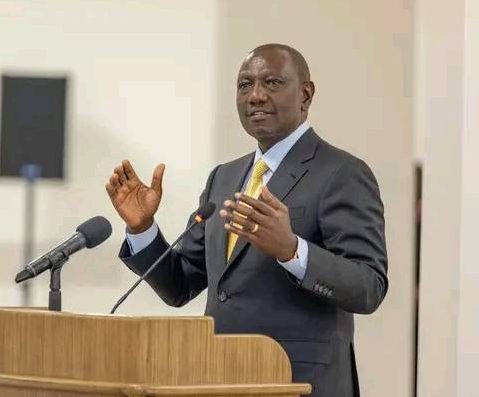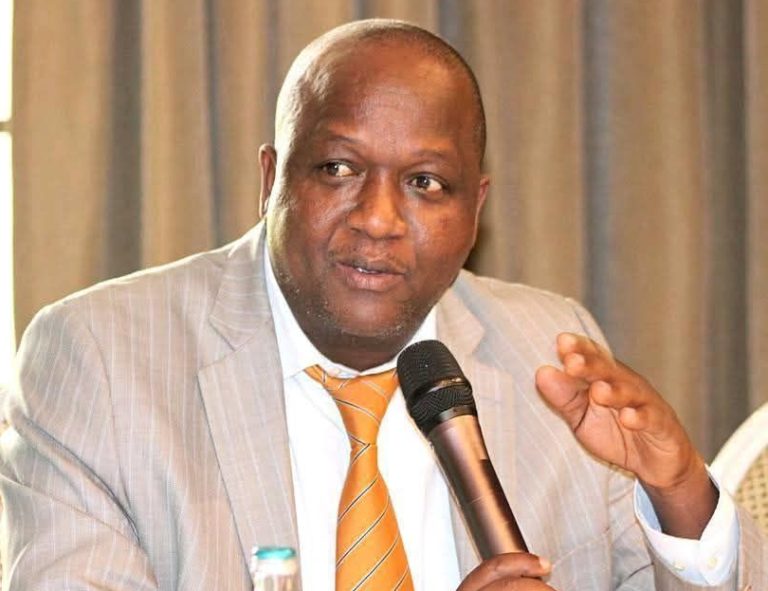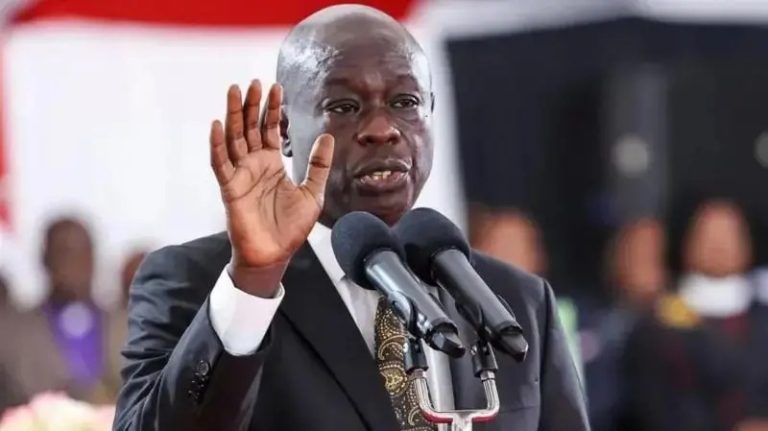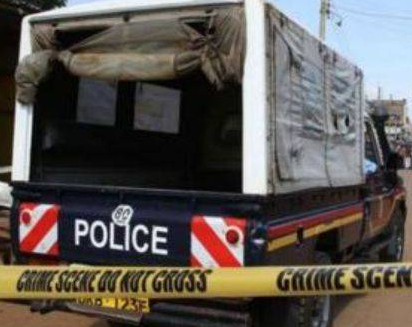The health sector in Kenya is facing widespread fear and uncertainty after President William Ruto announced the closure of more than 1,000 medical facilities.
The decision is part of a major crackdown on fraud within the newly launched Social Health Authority (SHA), which replaced the National Health Insurance Fund (NHIF) in October 2024.
President Ruto defends the closure: “We Must Clean Up the System”

Speaking to Kenyans in the United Kingdom on Thursday, July 3, President Ruto explained that the shutdown was necessary to protect the honesty and efficiency of SHA.
“The criminal elements that are staining SHA will not succeed,” he declared. “We have tracked and closed over 1,000 medical facilities engaging in fraud.”
He further warned that the process was far from over:
“More are on the way. Our health programme must remain efficient and incorruptible.”
What is the Social Health Authority (SHA)?
The Social Health Authority is a new government body created to replace NHIF. Its goal is to provide universal health coverage to all Kenyans in a more transparent and reliable way.
President Ruto said SHA has already made impressive progress. In just eight months, it has reached more than 4.9 million Kenyans—a number that he claims is far higher than what NHIF could have achieved in a similar timeframe.
Fraud in the Health Sector: What Was Happening?
According to the government, some private health facilities were cheating the system. They allegedly presented fake documents to receive SHA approval or manipulated their billing systems to charge more than they should.
Defence Cabinet Secretary Aden Duale, speaking at Tom Mboya Labour College in Kisumu on June 30, gave examples:
“Some of these facilities were charging inpatient rates for outpatient services to inflate claims. That is criminal and unacceptable,” he said.
The Other Side: Healthcare Workers and Public Worry About Impact
While the crackdown has been praised for fighting corruption, it has also caused panic and concern among healthcare workers and members of the public.
Many are now worried about losing their jobs. Others are concerned about losing access to healthcare, especially in rural and underserved areas where some of the shut-down clinics were located.
So far, the government has not released:
- The exact number of health workers who are now unemployed
- The locations of the closed facilities
- Whether any plans exist to help affected workers or communities
Why People Are Concerned
The closure of so many facilities in a short time could lead to:
- Fewer places where patients can receive treatment
- Longer wait times at remaining hospitals and clinics
- Unemployment for doctors, nurses, and other health workers
- Increased pressure on already overburdened public hospitals
Balancing Accountability and Access
There is no doubt that cleaning up corruption in the health sector is necessary. Stealing from public health programmes affects millions of Kenyans, especially the poor. However, the government now faces the challenge of balancing accountability with access.
As one nurse in Nairobi said,
“Yes, remove the fake clinics. But please don’t punish us all.”
Read also Football world mourns Liverpool’s Diogo Jota after car crash
What Happens Next?
Kenyans now wait to see:
- Which facilities will reopen and which will remain closed
- Whether investigations will lead to arrests or charges
- How the government will support affected workers and patients
So far, President Ruto and his team have promised that more investigations are ongoing. But without a clear plan for replacing lost services and jobs, the fear across the health sector is growing.
Final Thoughts
The shutdown of over 1,000 health facilities in Kenya is a major move against fraud, but it has also caused real fear and confusion. People want a fair, honest health system, but they also need jobs and access to care.
The next steps by the government will be crucial in showing whether Kenya can achieve both justice and healing in its healthcare system.












